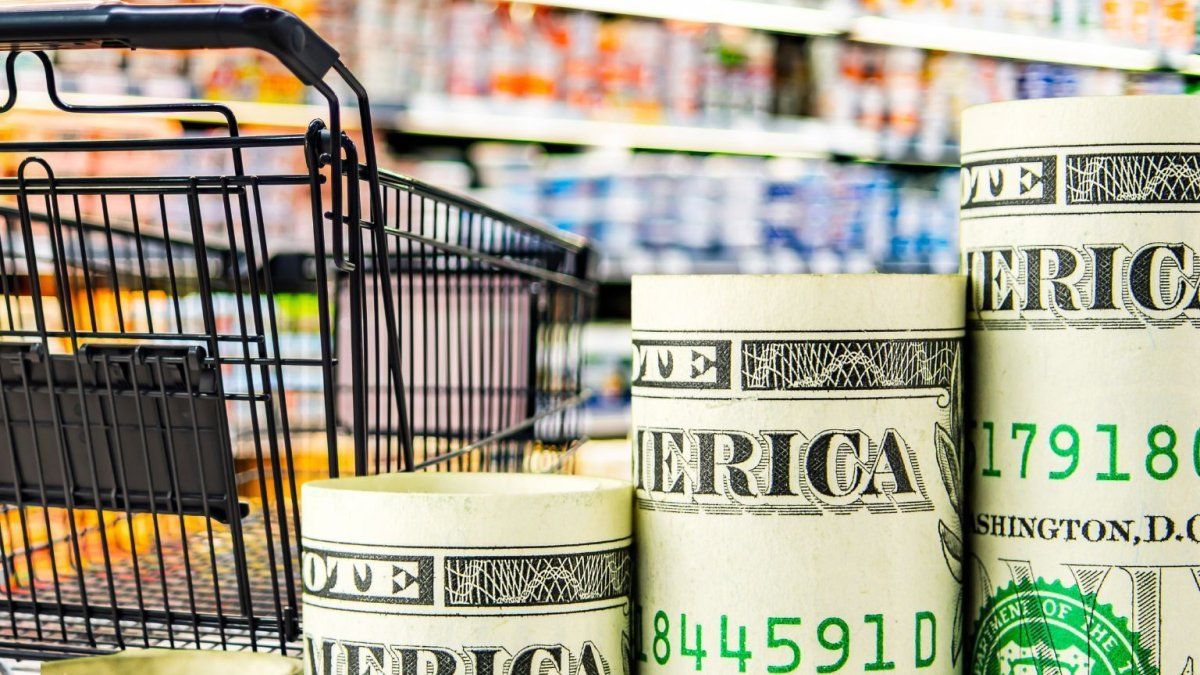With the massive development of different vaccines to stop the spread of the coronavirus, it is beginning to be conjectured if we are getting closer at the end of the pandemic, and if in the short or medium term the period of the “post-pandemic” will arrive.
Consumption trends and post-pandemic insights
From a very human perspective, the pandemic led consumers to be more aware when consuming, and to demand certain values from brands: coherence, consistency, real commitment to the customer and, above all, accessibility beyond sustainability , as a high price today could be an obstacle. Global studies of the sector show that about 76% of consumers expect “that brands recognize their preferences, needs and expectations, show a commitment to the environment and use sustainable production methods”.
habits-consumption-1280×720.png
Taking this factor into account, a clear opportunity arises for companies. They must find what is the deepest added value they capitalize on and what they are collaborating on with the new priorities of consumers for their lives, beyond the product or service they offer.
In this context, and for this business model, the use of analysis of large volumes of consumer data would THE standard to adopt for the years to come.
In late 2020, Google’s chief metrics strategist, Neil Hoyne, declared in the virtual symposium “The Use of Analytics and AI in the Post-Pandemic World“That the companies that are going to win in this process”They are the ones that use data, they don’t guess ”. In line with this statement, some of the trends and insights that clearly data scientists and engineers must incorporate and adapt to meet business and urgent needs are:
1) The opportunity to stay relevant: companies must get closer and closer to the customer to guide them with information in real time and from the multiple channels they use (cell phone, PC, video games, podcast advertising, etc.), and provide them with the best price-quality options.
2) The auge of e-commerce: analyze the consumer behavior patterns And power optimize the right digital platforms, in order to achieve faster and more effective interactions, are some of the challenges that the post-pandemic presents.
3) Improve data analytics and influence the consumer: Knowing when is the best time to show ads in real time is an important key for brands and companies that take into account the data analytics and exploit it in learning social consumption.
4) Consumer centric, listen to the voice of the consumer: As has been observed, during the post-pandemic consumers will sue brands new values associated with commitment and social solidarity. It will try to ensure a UX shopping and consumption experience that can combine these demands.
Data Science: a key to studying patterns of social behavior
In recent years, the growth in the intensive use of the internet and social networks has contributed to consumers being better informed and more demanding: the economy has shifted to a customer-driven ‘pull’ model, trend that the coronavirus has only accelerated. Customers only buy goods and services online that adequately meet their needs.
INNOVAR.jpg

The Secretariat of Science clarified that individual or group projects can be presented.
In this sense, the contribution of Data Science becomes fundamental. First, because it develops models with accurate information, increasingly agile, to understand a dynamic and changing economic reality. Second, because it is vital that the algorithms that dictate pricing, customer service, and supply chain decisions align with that same goal.
In short, in post-pandemic times data scientists and engineers will need to shift towards increasingly customer-oriented models to meet business needs.
Co Founder of 7 Bridges.
Source From: Ambito




